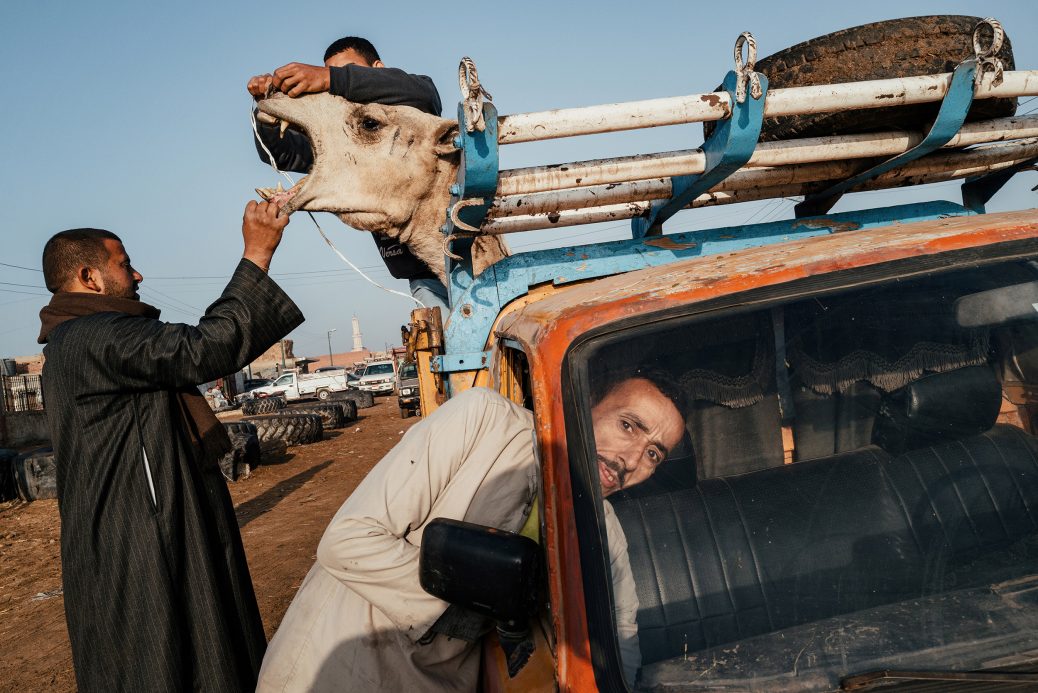Jonathan Jasberg: the Best Single Photo of 2022 exibart street contest
Dear Jonathan,
first of all, congratulations! You are the winner of the Best Single Photo category of the third exibart street contest and we are very happy to have this interview with you. Can you tell us something about yourself and about the winning picture?
I took this photograph at the weekly Birqash camel market, about an hour’s drive from Cairo, Egypt. I had visited this market a few months prior and knew how crazy and hectic it could be with intense auctions and hundreds and hundreds of camels running around. As the truck drove up, I ran up from behind and around the hood to get a unique angle and put the sun at my back. The man closest to me quickly stuck his head in the car to unlock the door, and for that split second, he had a sort of “deer in the headlights” expression on his face. This stunned look of his, juxtaposed with what is going on in the background with the camel, makes the shot for me.
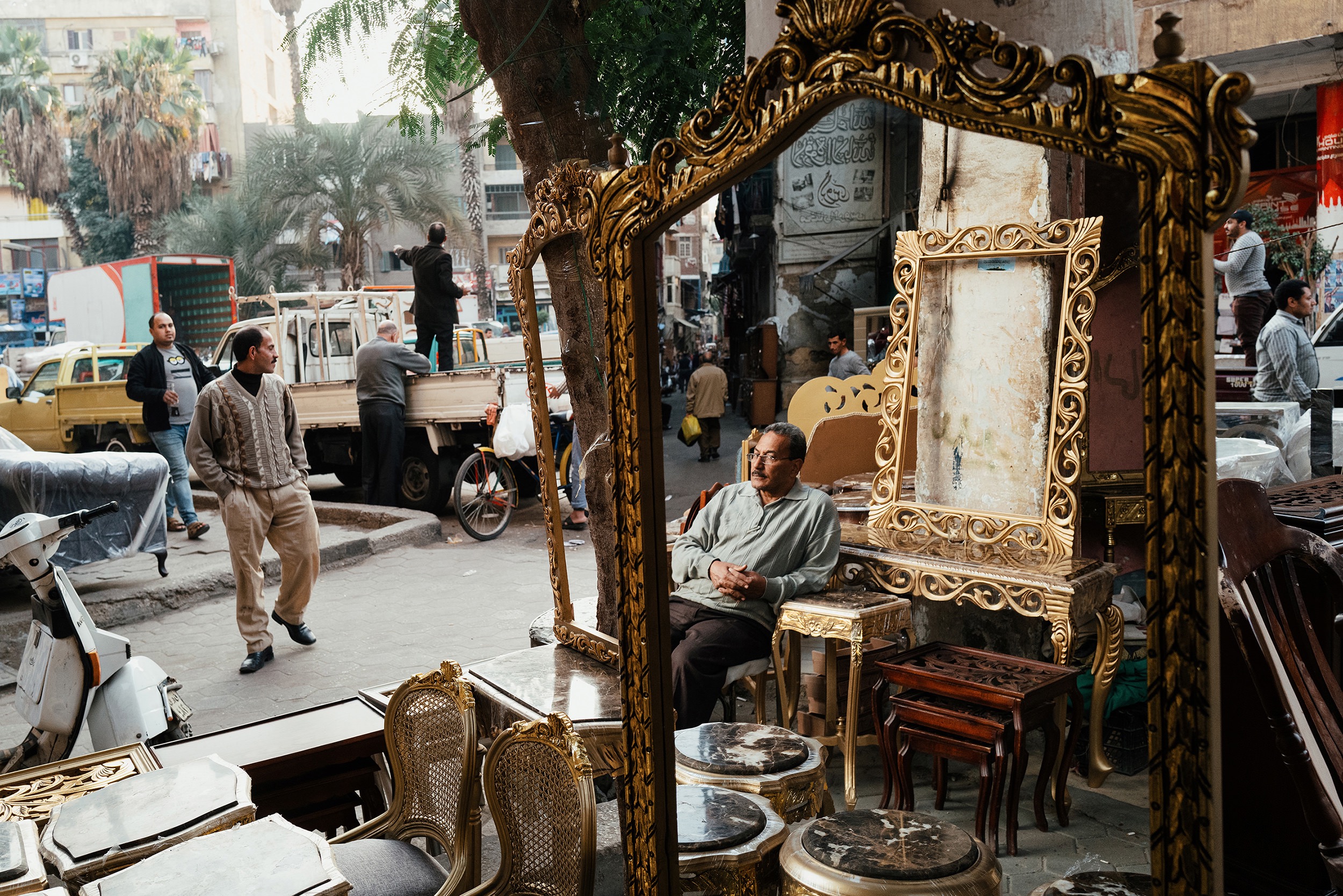
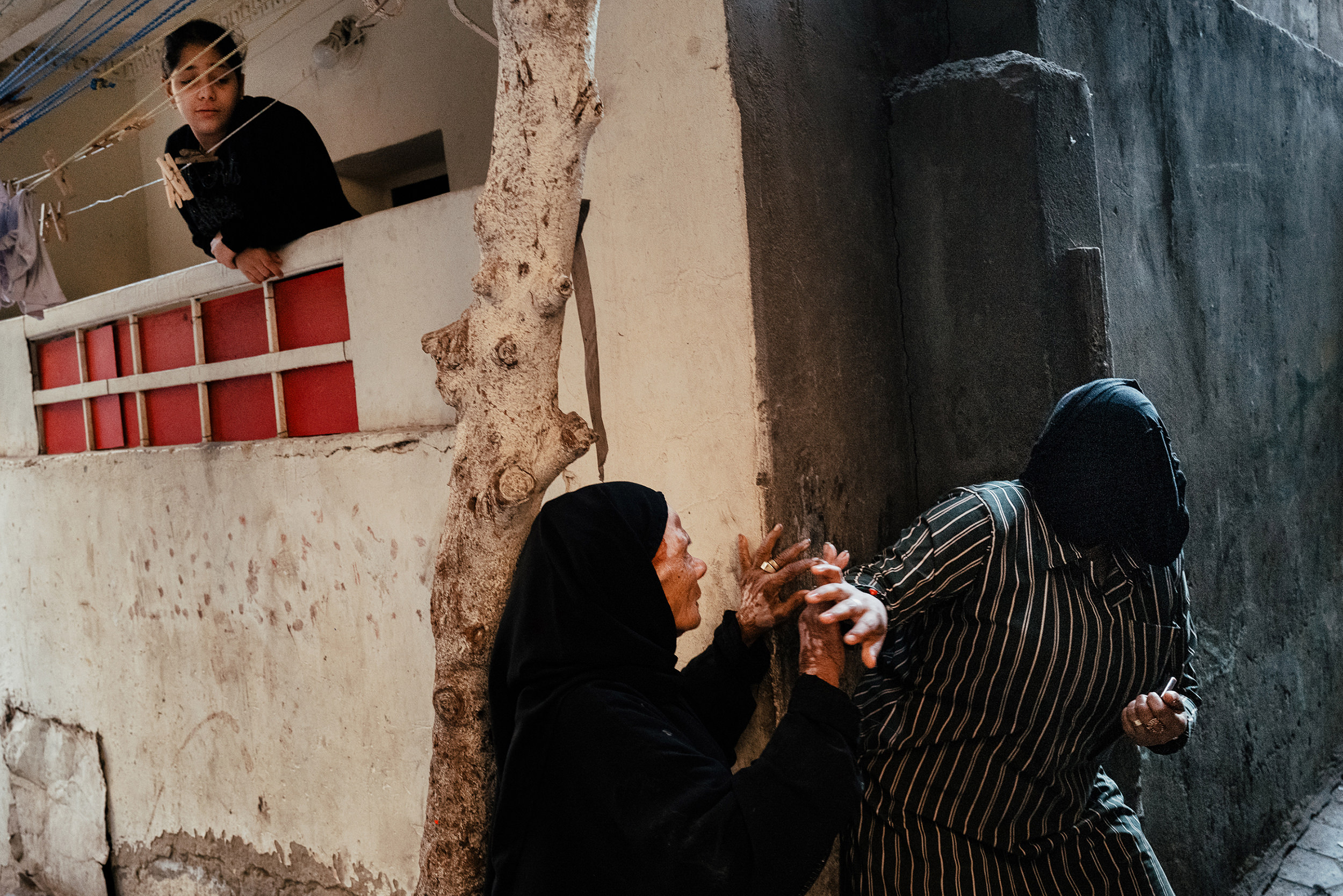
How would you define your photographic style?
I studied film before I got into photography. As a result, I tend to think in terms of scenes rather than focusing on a single object. I like attempting candid shots with a lot of complexity filling the frame.
Have you ever studied at a photography school or are you a self-taught artist?
I’ve learned a lot from other photographers over the years, mainly through workshops as well as just shooting together with various photographers and picking things up here and there.
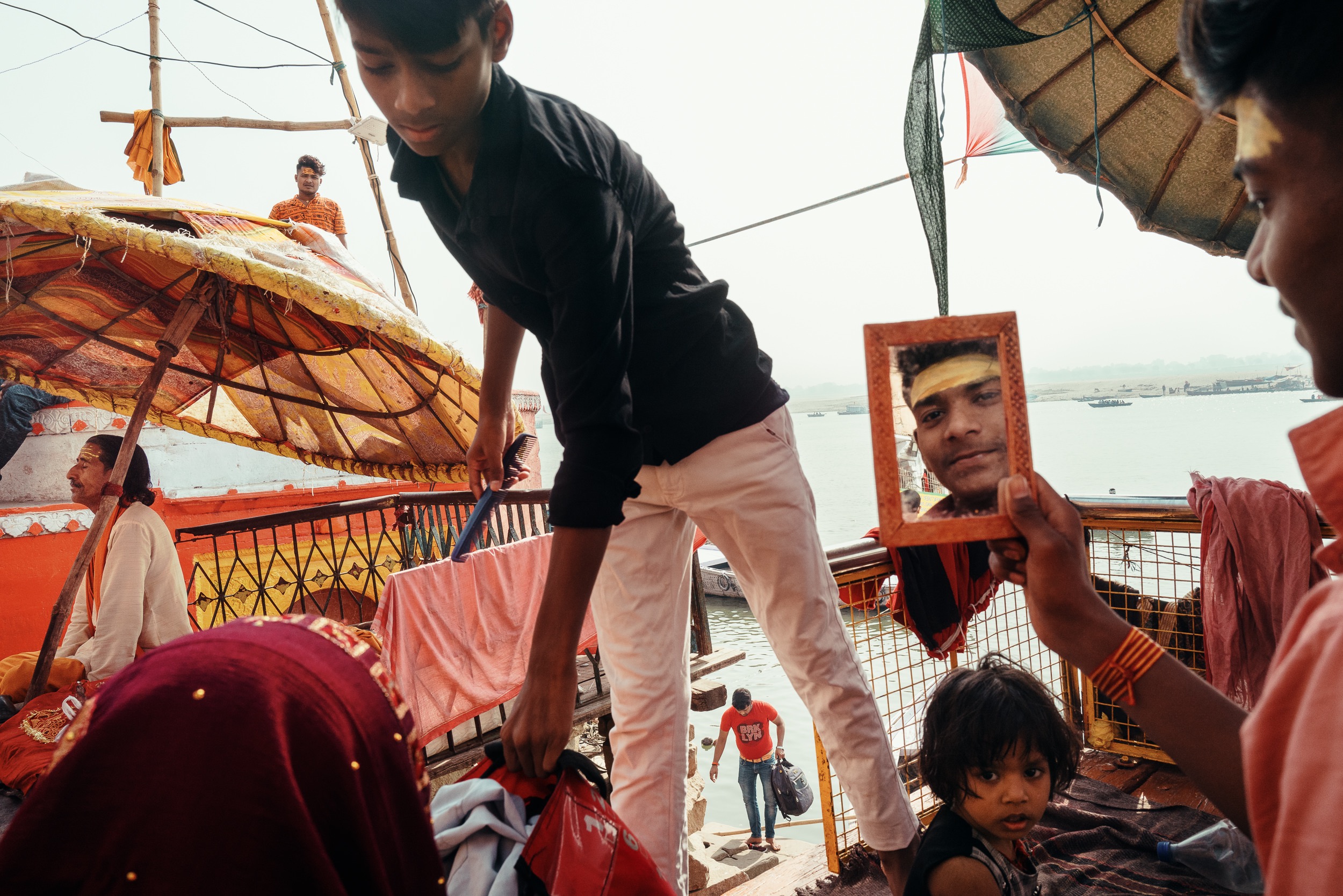
Who are the Masters of Photography who inspired you most in your photographic works?
Elliott Erwitt, Alex Webb, Gregory Crewdson, Trente Parke.
Do you ever do Street Photography with your smartphone?
No. I usually use my smartphone for street-style videography, which I enjoy doing as well.
“The whole Indian subcontinent is great. It is oozing color, culture, and interesting scenes. The people are also very friendly and don’t tend to mind being caught in a candid photo.”
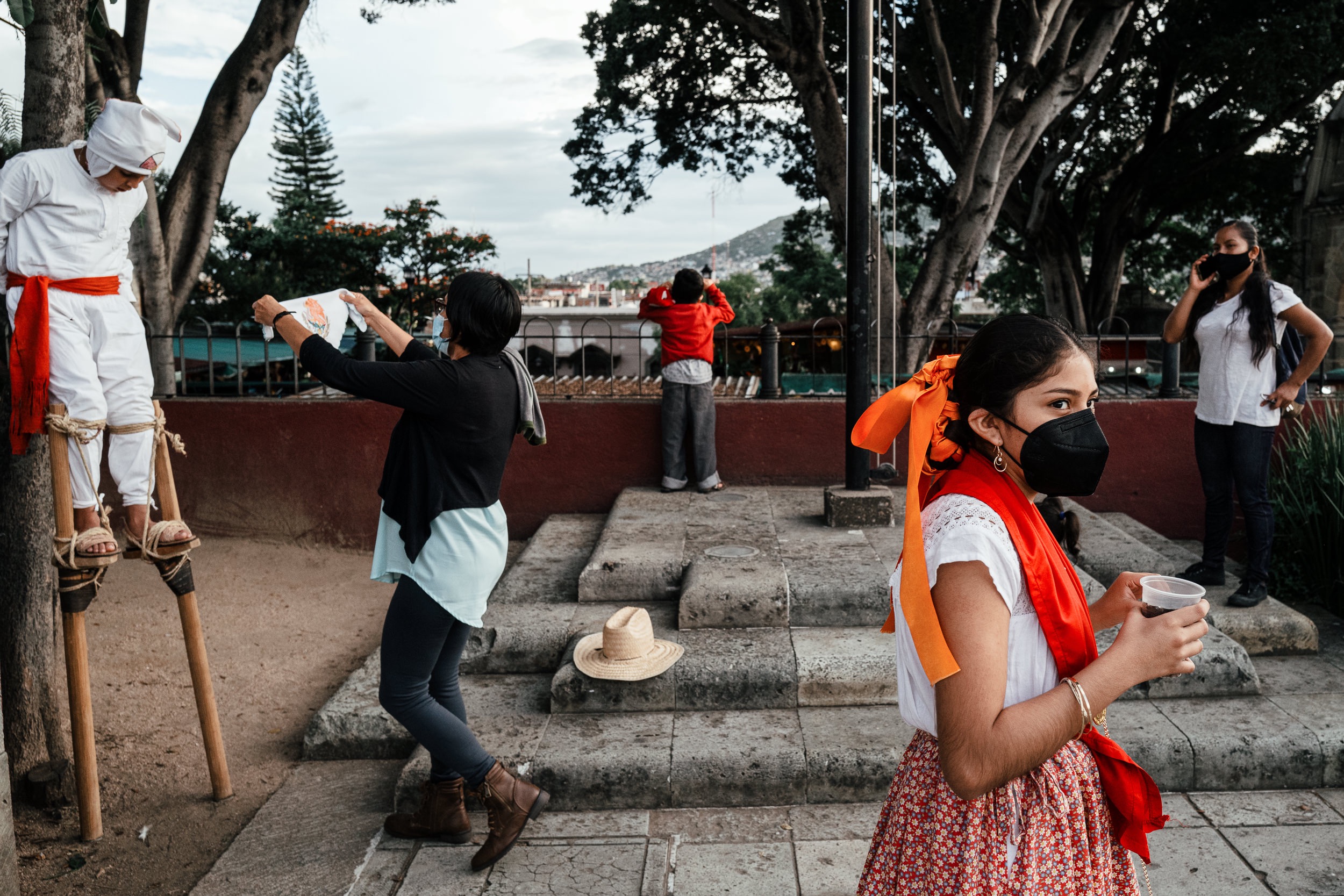
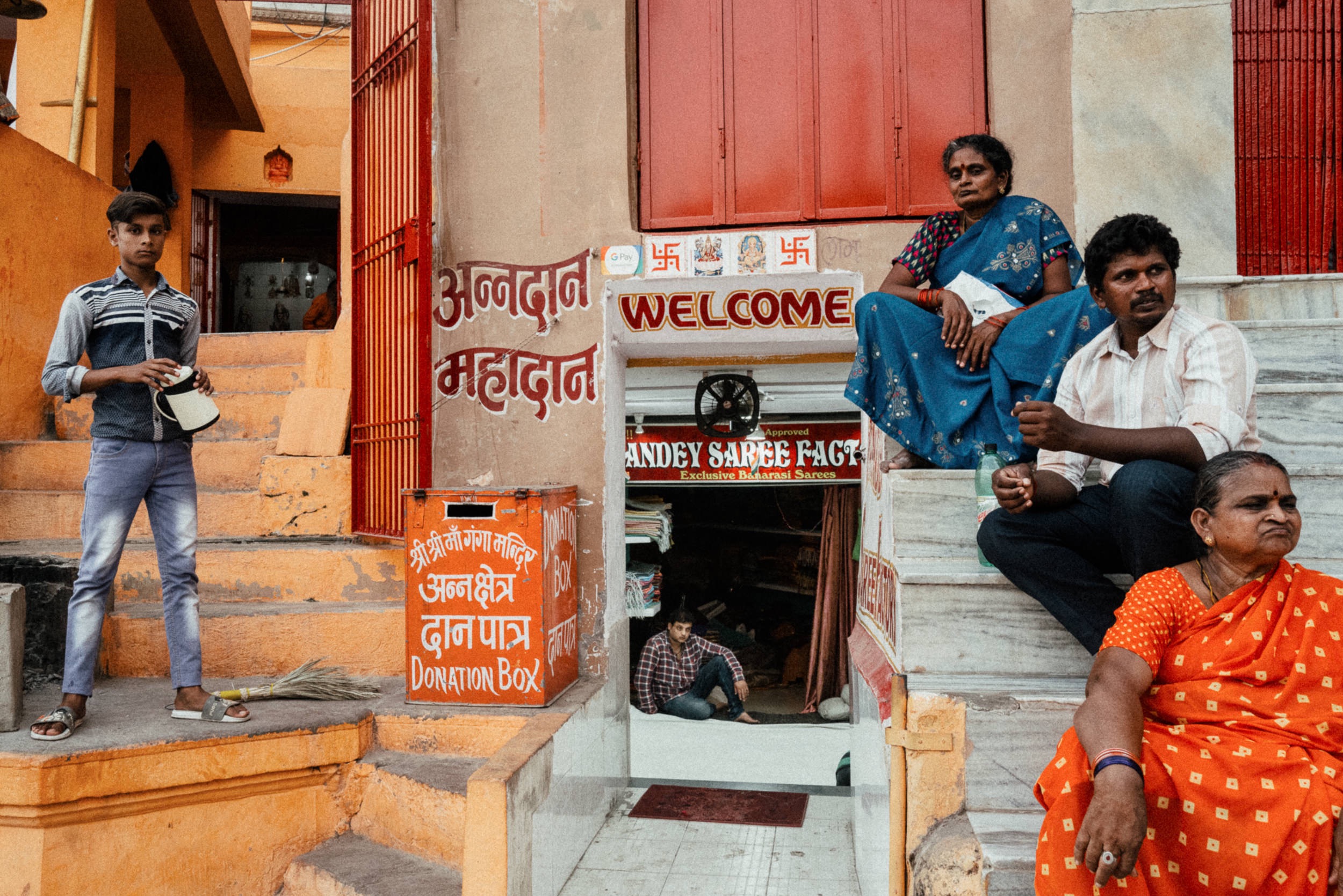
Analog and digital photography. Do you see these as alternatives to one another or the same thing?
In my mind, they are very different. For practical purposes, I primarily shoot digital but enjoy shooting my film rangefinder when I get a chance. With the cost of film and processing, along with the time involved, there is so much skin in the game when shooting film. I find I’m more focused and ‘in the moment’ with each click. I have a huge amount of respect for the pre-digital era analog photographers.
Black and white and color. Two different worlds. You decided to go color. Why? Do you ever shoot in Black and white?
Ever since my first candid ‘street’ photograph that I took in 2006, color has played a key role in my work. I dream in color, am strongly drawn to certain colors (especially red), and repulsed by others. In my other work color plays a much more obvious roll. However, even this particular shot of the camel in the truck, it relies heavily on the serendipity of the rack on the truck being sky blue to help create the first impression this photograph makes.
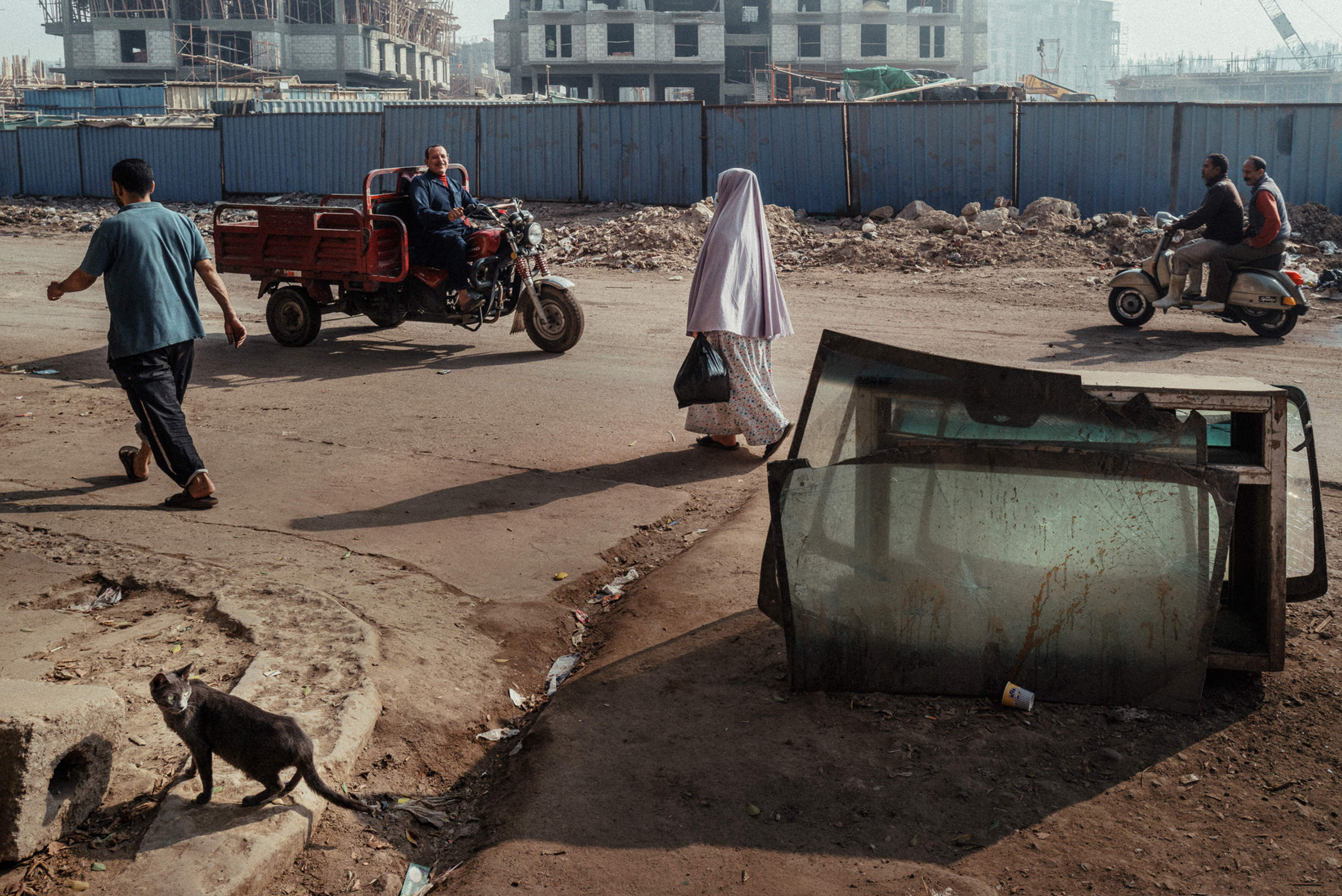
Do you think Street Photography has a more documentary or more artistic value?
I think it depends on the photographer making the work. I enjoy leaning into the artistic side and often try to strip the wider context of the scene from my shots so that they are less self explanatory and left up to interpretation.
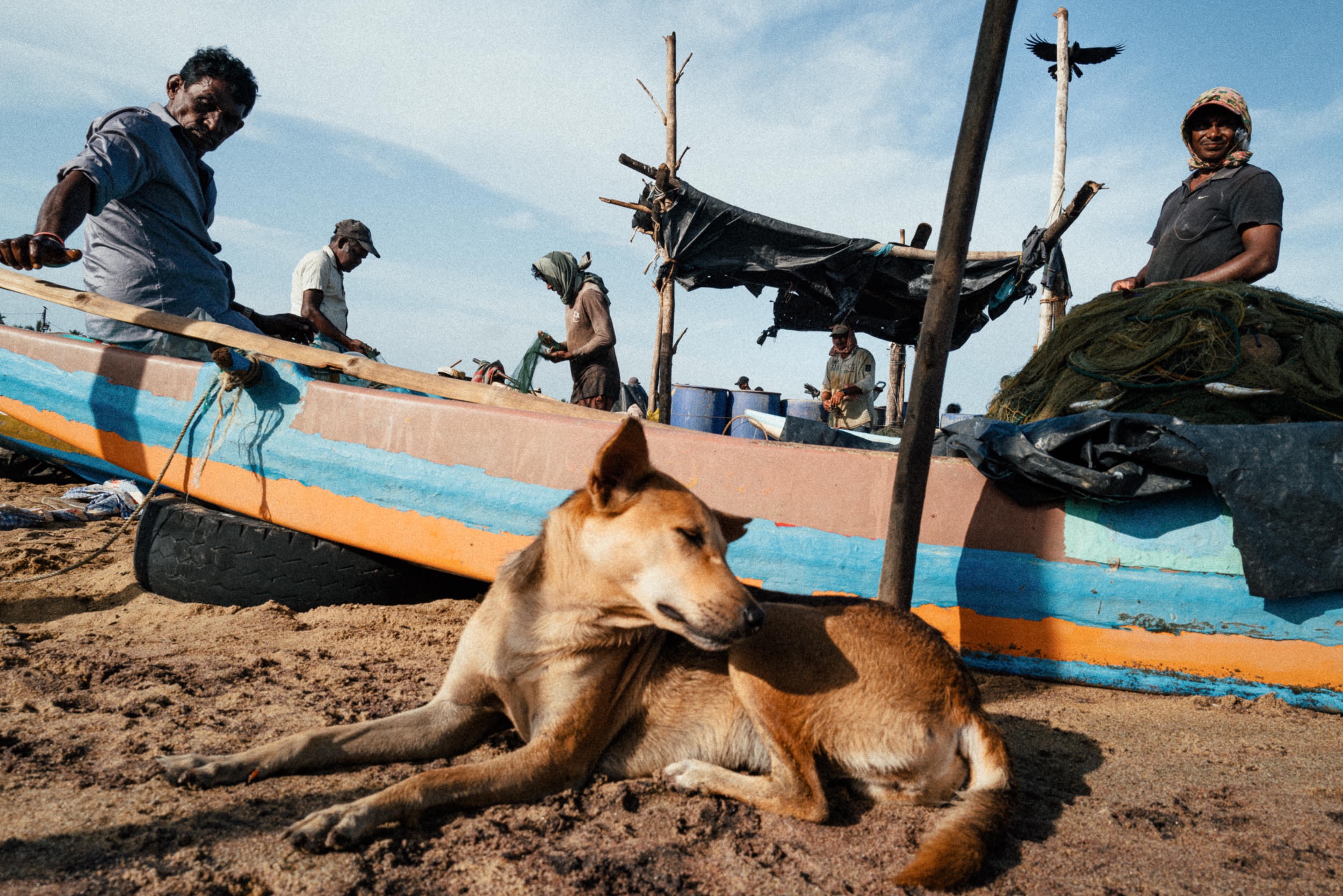
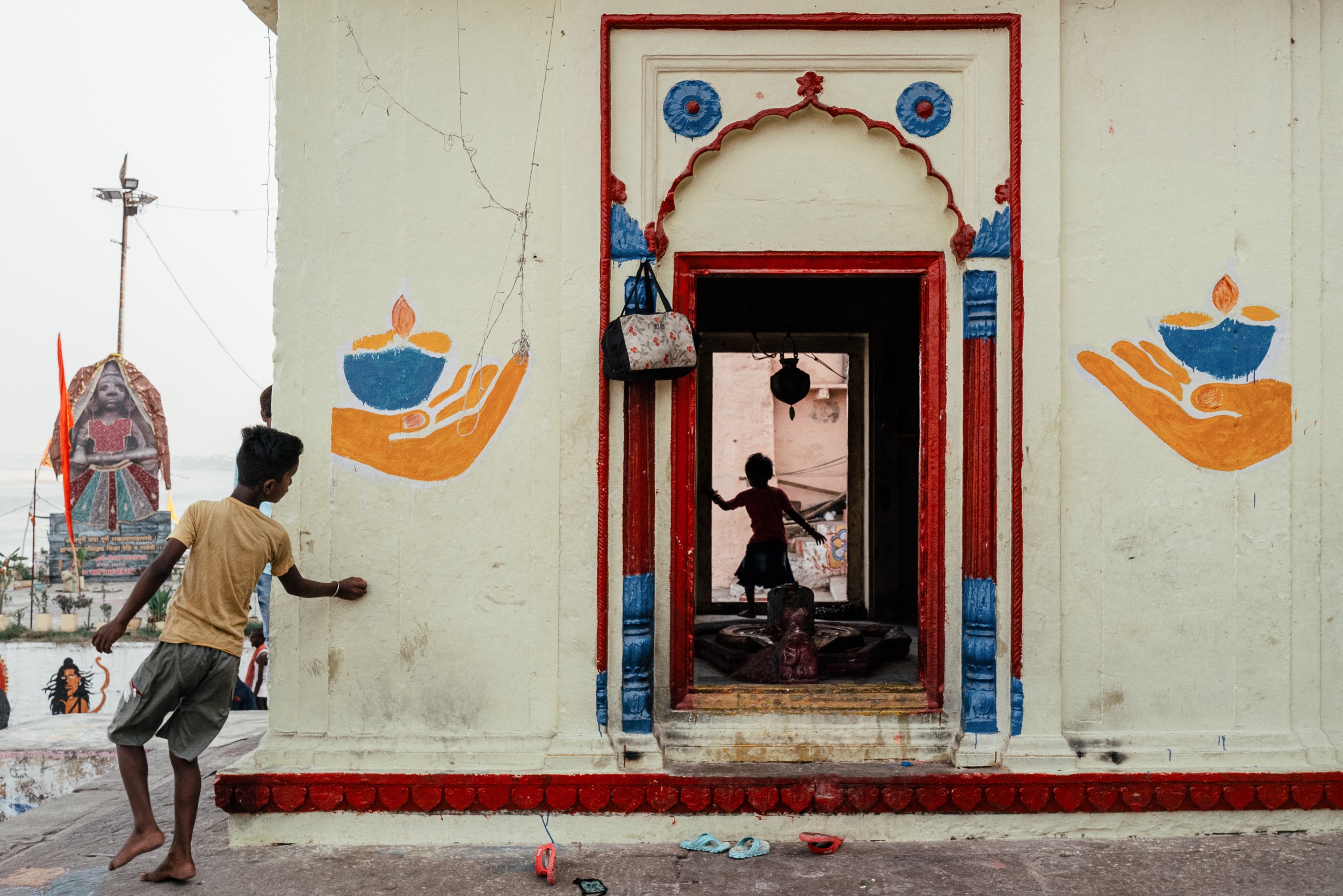
When you take photos, do you ever have a theme/project in mind?
I find themes emerge organically after spending considerable time shooting in a place or scenario. While reviewing my work, I sometimes notice a commonality or concept float to the surface. From there, I’ll keep those things in the back of my mind as something to consider when I’m out shooting, and perhaps they will emerge as a small series or develop into a project.
Do you think there are ethical limits in street photography? Do you think it’s possible to shoot everything and everybody? What is your approach in street photography?
For myself, ethics are important, and I think it’s a good idea for photographers to know what they will and will not shoot ahead of time. My boundaries may change over time, but I have an understanding of how I want to portray people and the locations I photograph. Of course, there are rare times when I may take a shot and realize after the fact that I am not happy I took the photo due to ethical boundaries and will simply not show it.
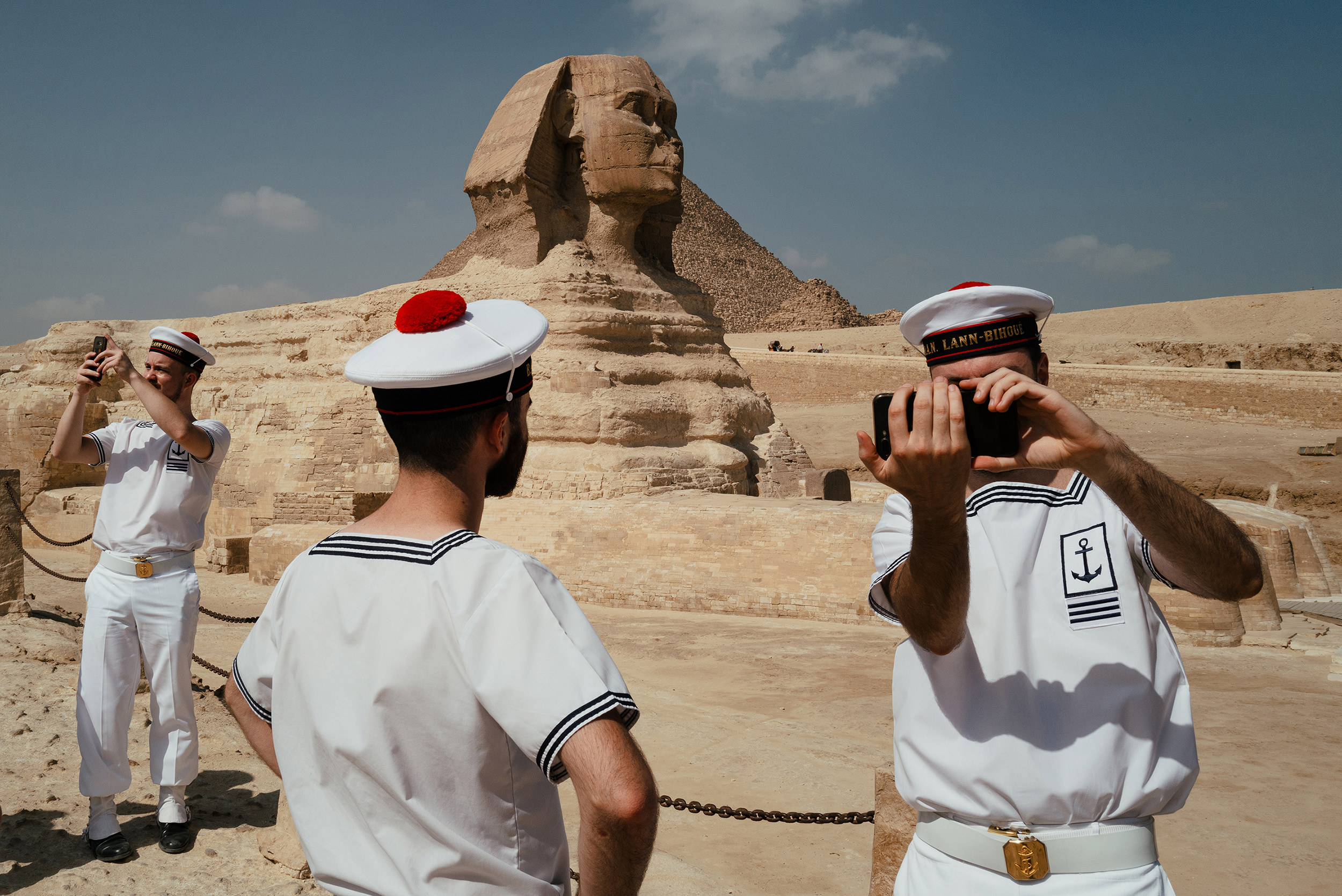
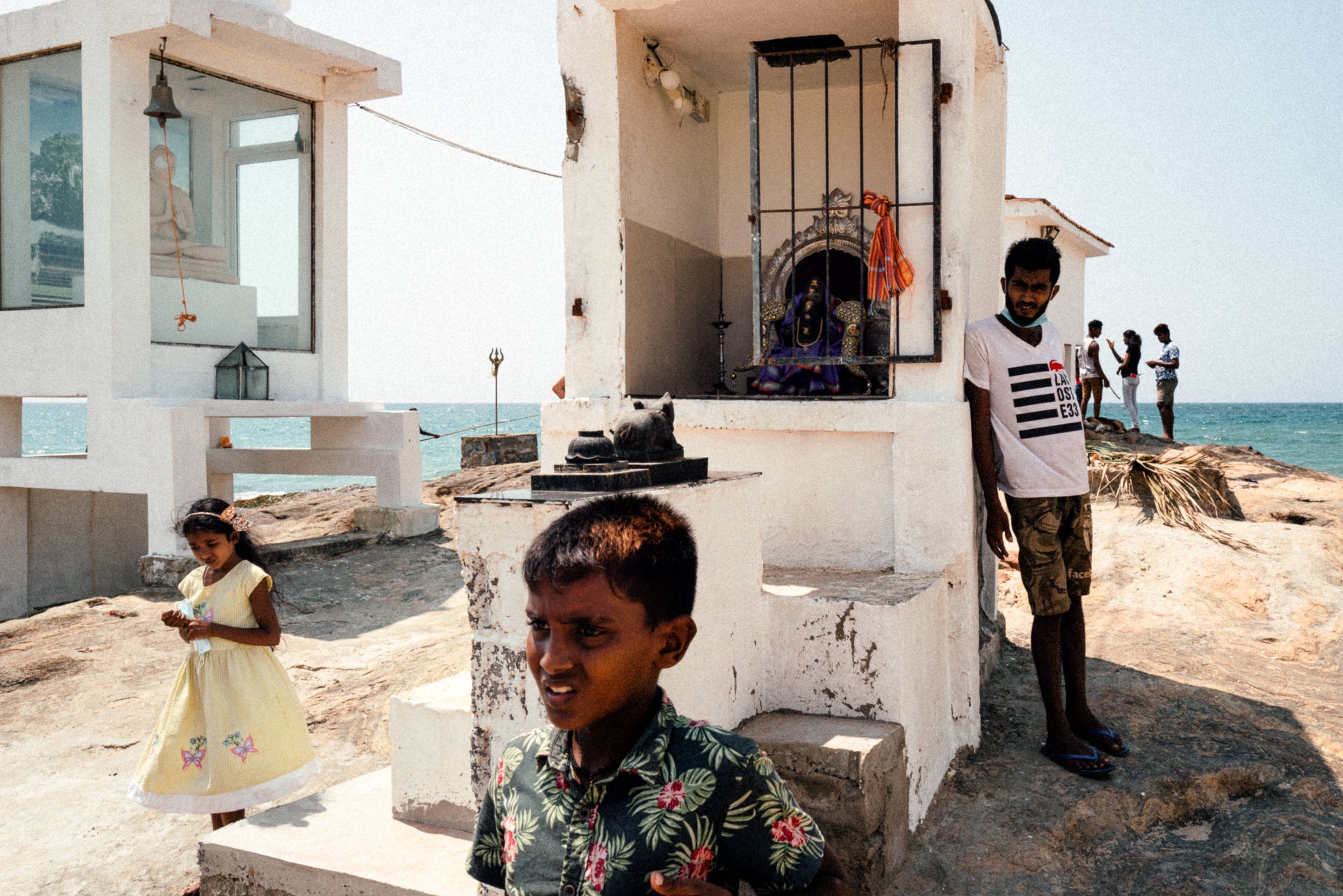
What kind of equipment do you use and what role, in your opinion, does equipment have in street photography?
I use Leica Q2 (28mm) and occasionally a Leica M6 with a 35mm lens.
If you had to choose one lens that you would have to be using for the rest of your life, which one would that be and why?
Although the 28mm often feels like riding a wild horse due to how wide it is, I really like it on the rare occasion I can fill the frame and nail a shot. It also works great in the tight streets in the old areas of Cairo, Varanasi, etc.
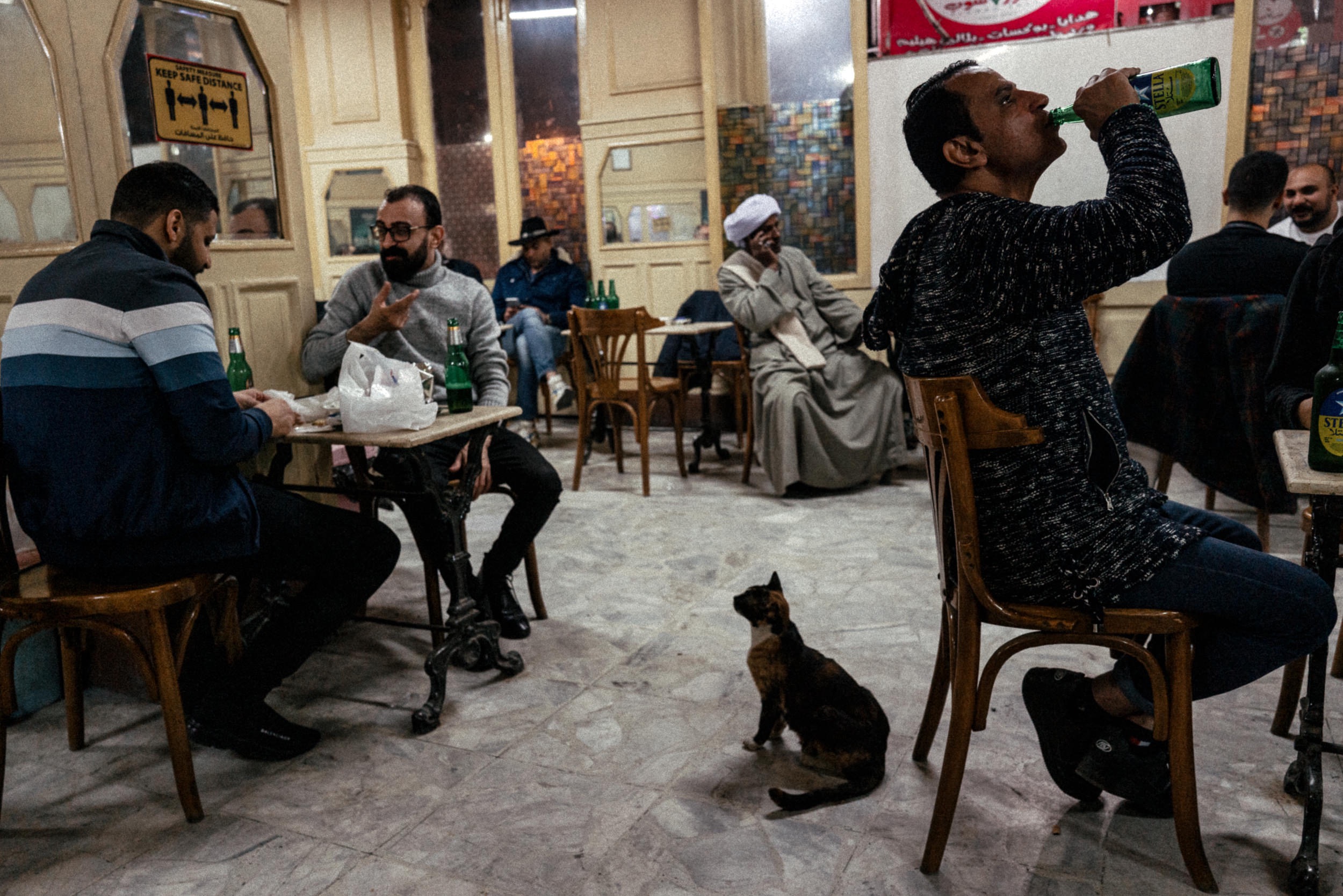
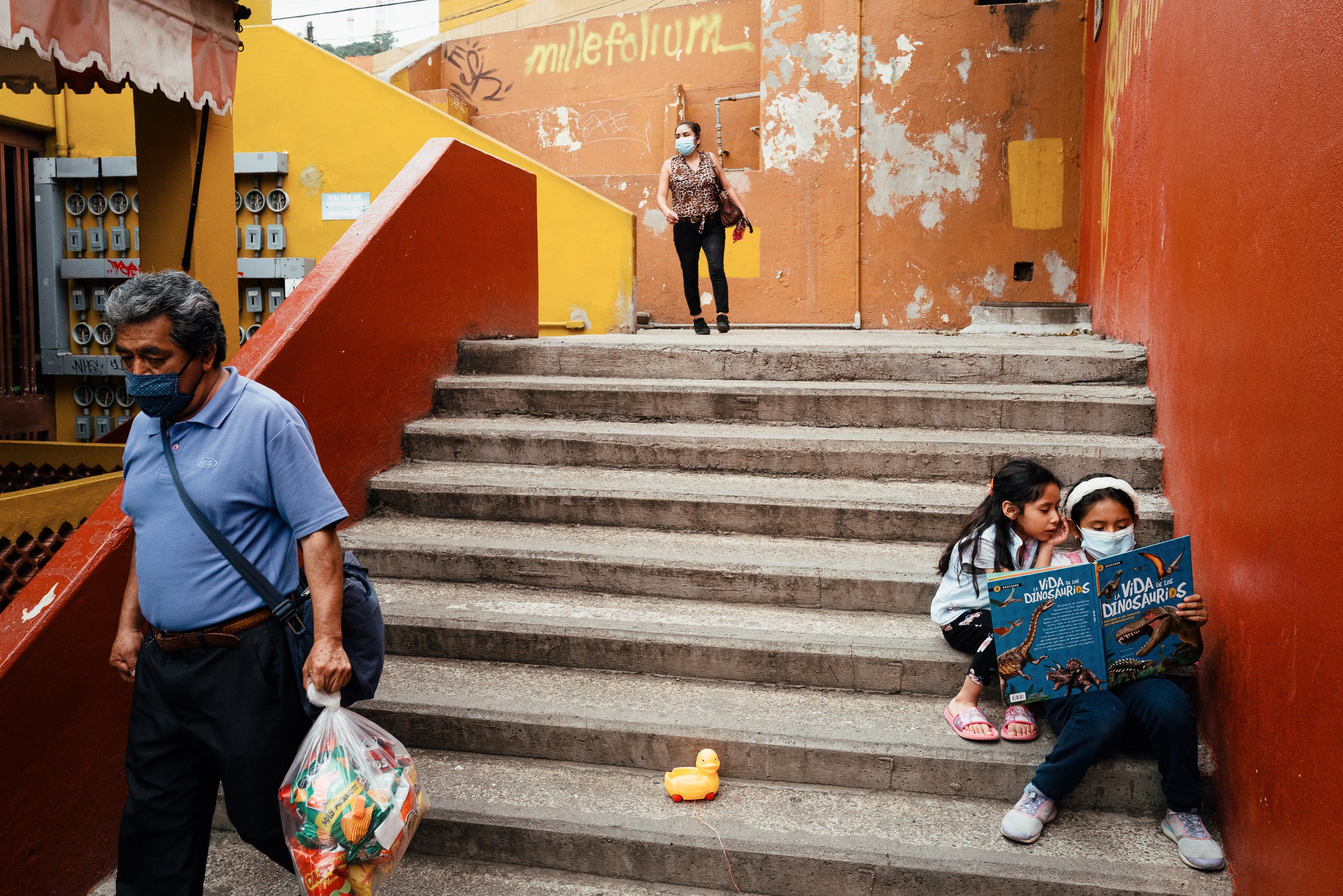
“I studied film before I got into photography. As a result, I tend to think in terms of scenes rather than focusing on a single object. I like attempting candid shots with a lot of complexity filling the frame.”
After shooting, what actions do you take in terms of processing and editing?
I try to keep a consistent wide-angle, deep depth of field look. I want everything to fall between 28mm-35mm, which means using as minimal cropping/straightening as possible. I use lightroom and have my standard import settings and usually see what the ‘auto’ suggest for the exposure and then toggle between that and the original until I’m satisfied.
Are you currently working on any project?
I’ve been working on a project based in Cairo, Egypt, titled ‘Cairo: A Beautiful Thing Is Never Perfect’. I’ve made 4 trips to shoot there since 2018. This winning photograph is out of that project.
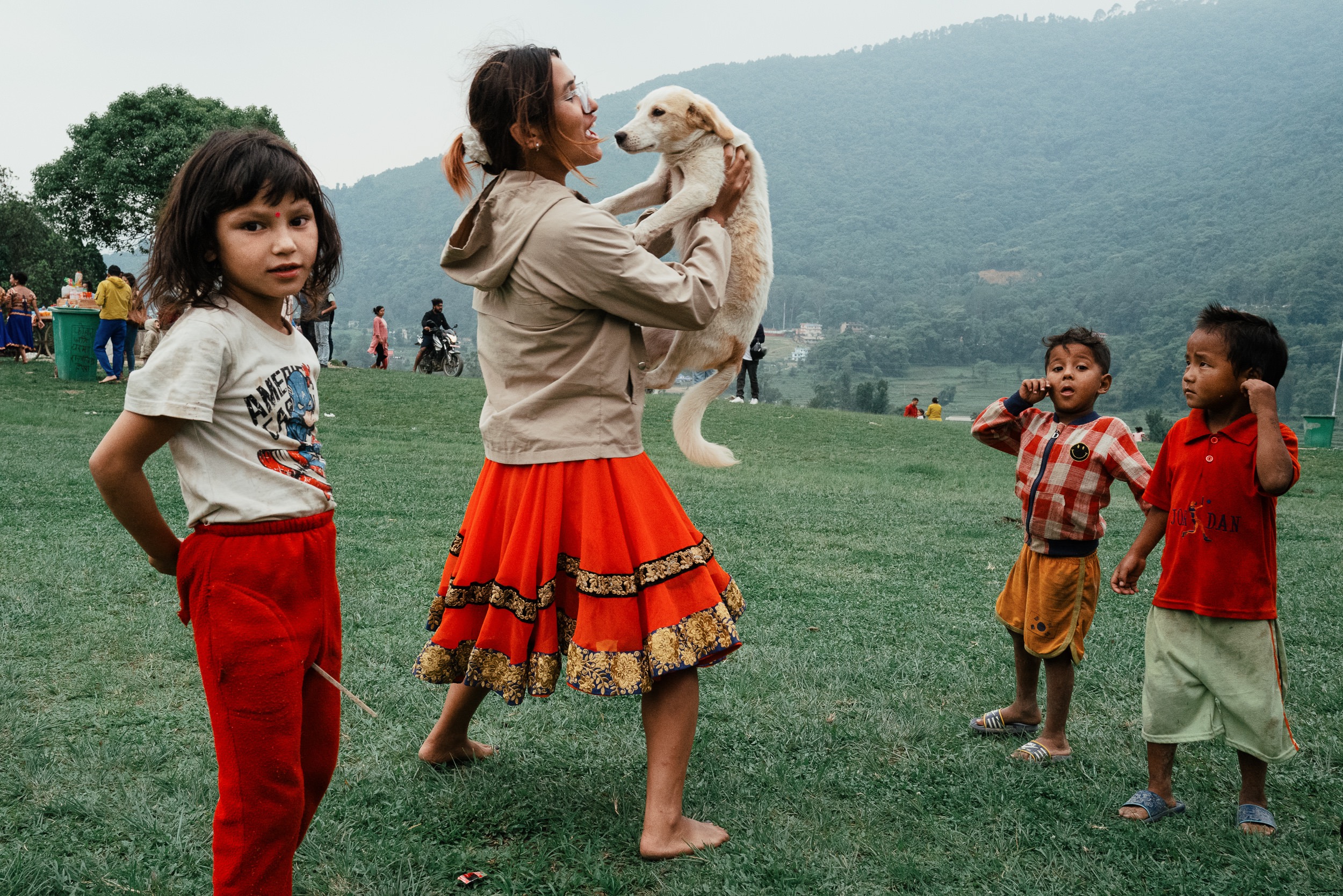
Which are your favorite photography books?
The suffering of light is the book I pull out of storage anytime I happen to be in the USA. That book is so dense with amazing content that it is exhausting to look at more than a few photographs per sitting.
Is there a country or a city that you like to photograph more than others?
The whole Indian subcontinent is great. It is oozing color, culture, and interesting scenes. The people are also very friendly and don’t tend to mind being caught in a candid photo.
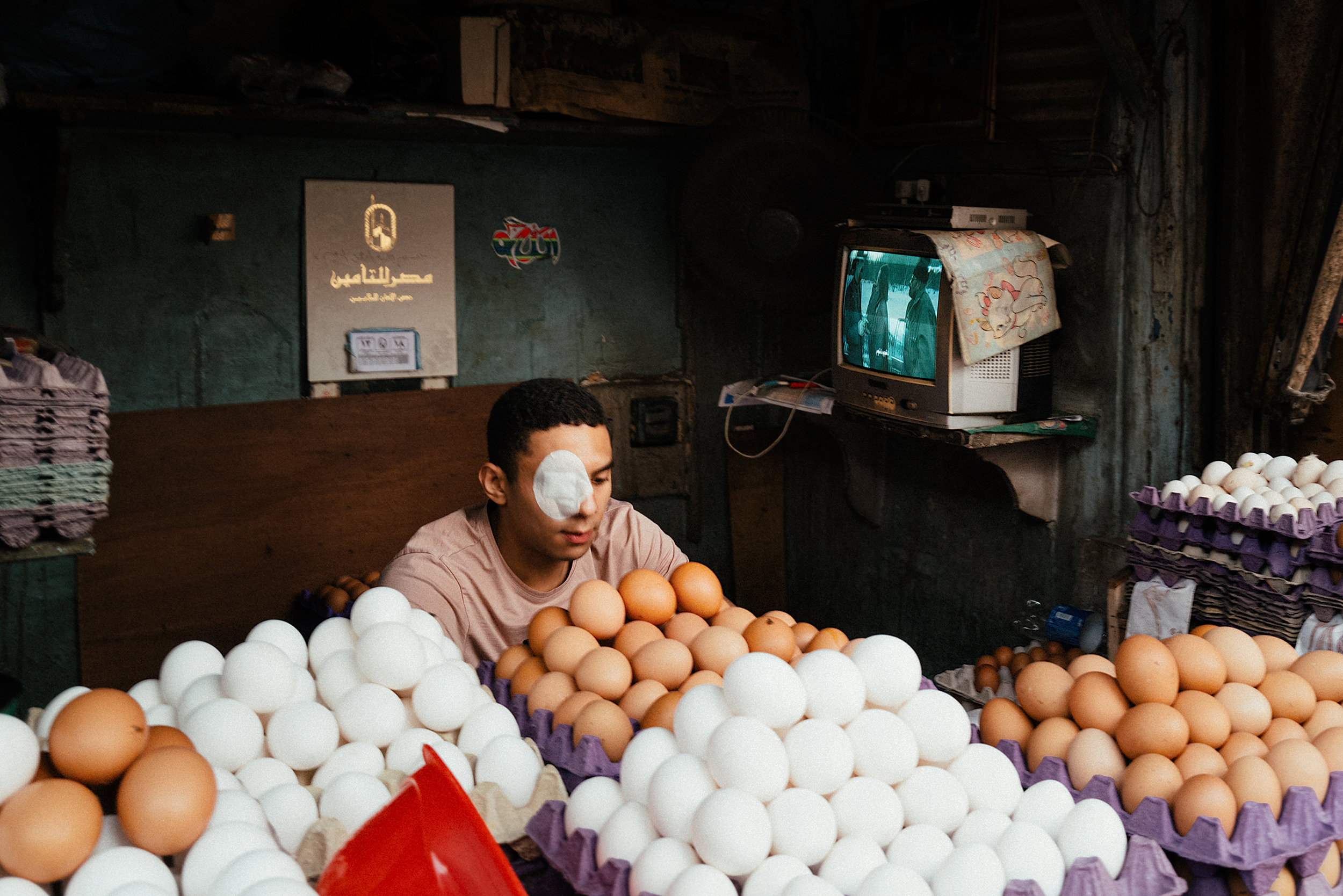
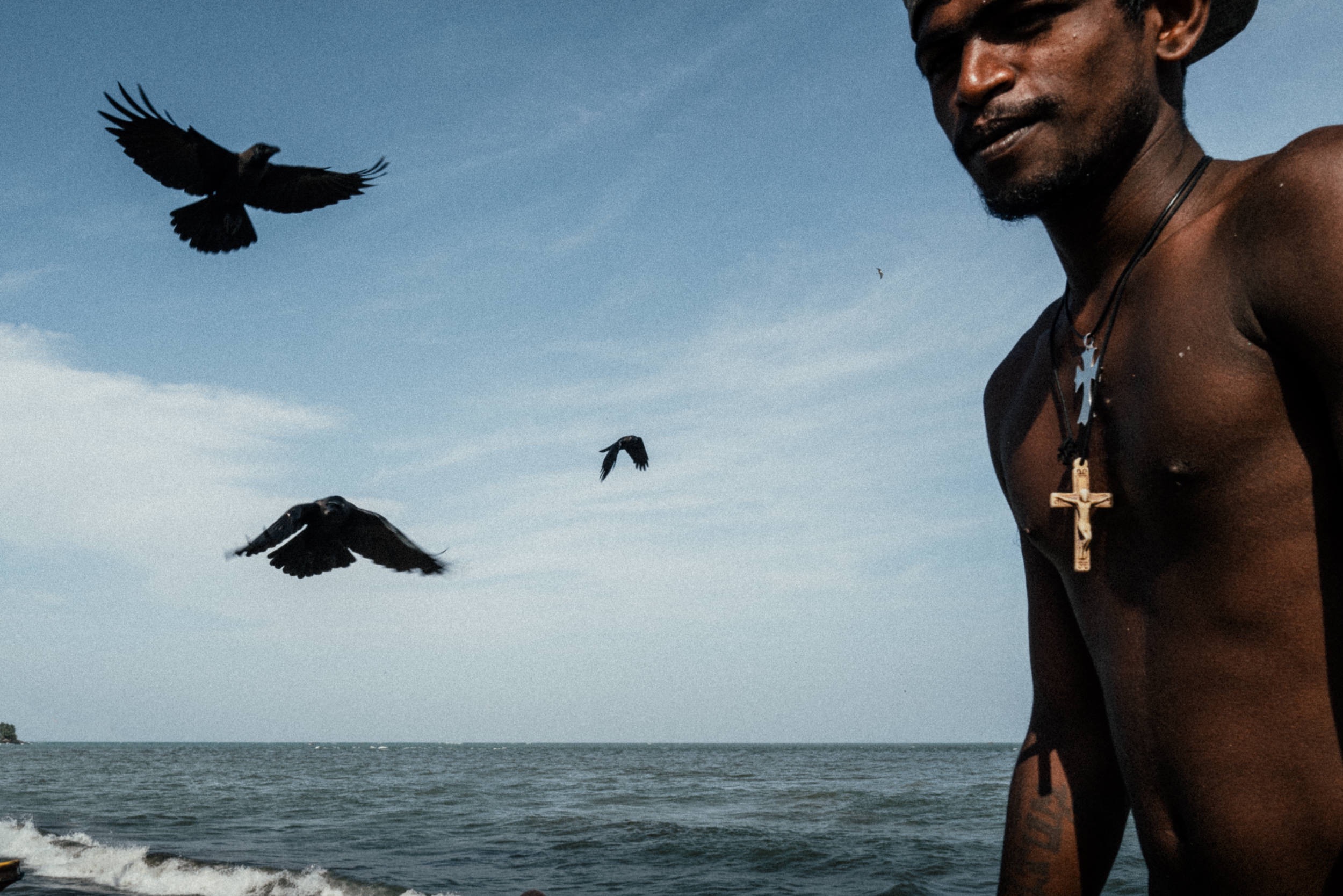
What advice would you give to someone who is starting to do street photography?
Pick a single prime lens (whatever focal length interests you) and learn it inside and out. When I made the change of having ‘focal length’ options by either carrying multiple primes, or a zoom, to having 0 options and only shooting at 28mm, my progression sped up greatly.
Thank you Jonathan!
JONATHAN JABERG BIOGRAPHY
I grew up in Arizona, where I gained an interest in arts by studying film for 4 years in high school. After graduating Uni with a degree in Computer Science, I took up photography as a creative outlet. I became a digital nomad back in 2010 working in software and did a lot of travel photography in my free time. Now I photograph full time, living as a minimalist vagabond, spending my time in countries that interest me from both a cultural as well as photographic perspective.
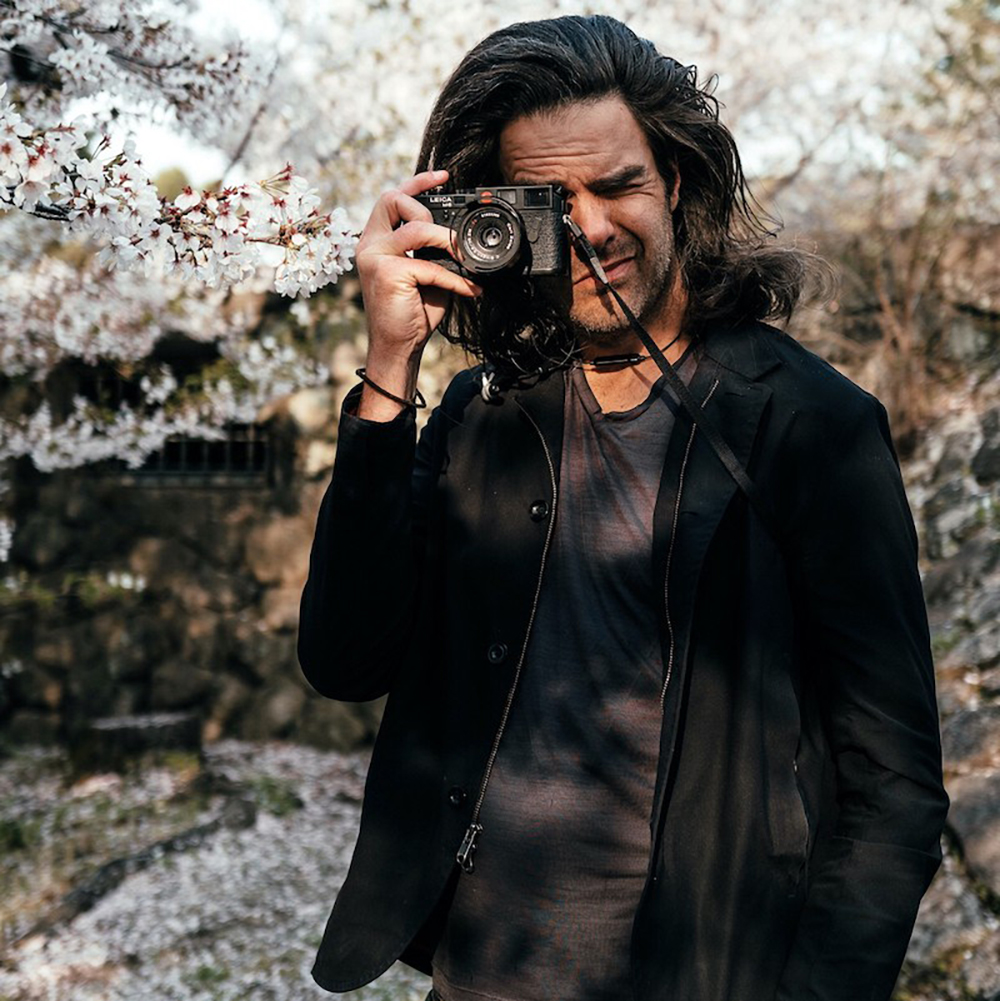
Jonathan Jaberg Links:
Website: https://www.jonathanjasberg.com/
Instagram: https://www.instagram.com/seat1aflyer/

